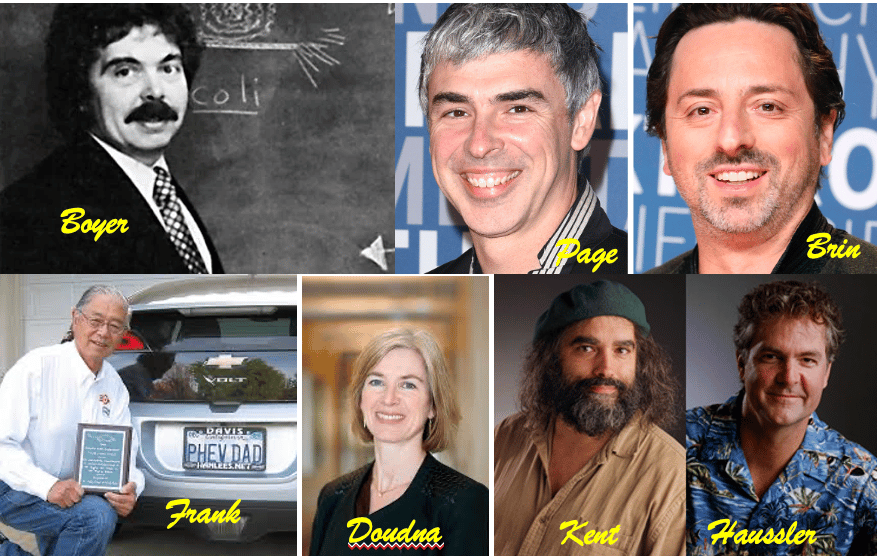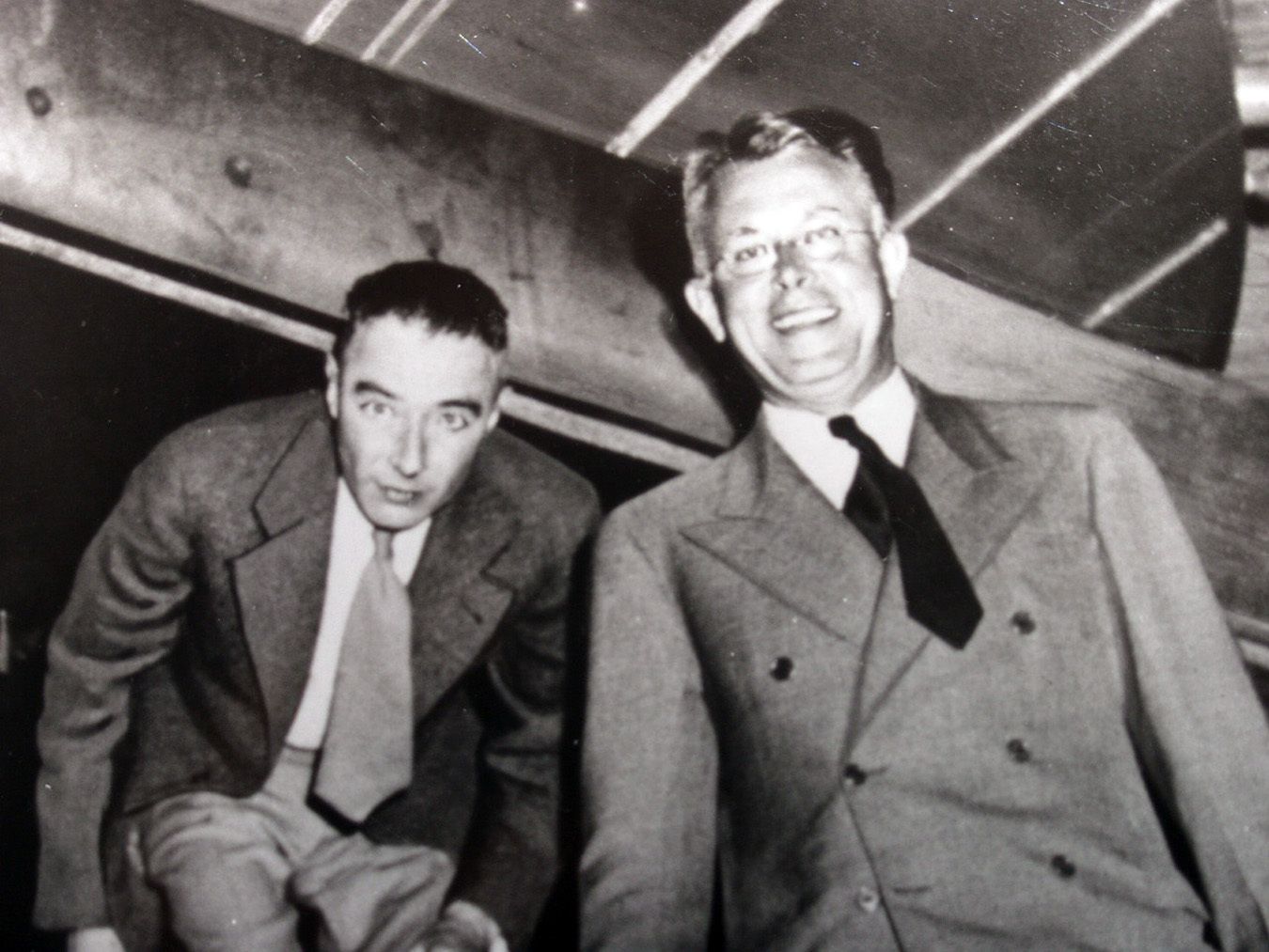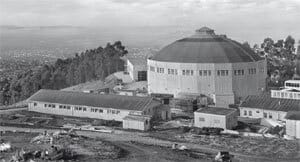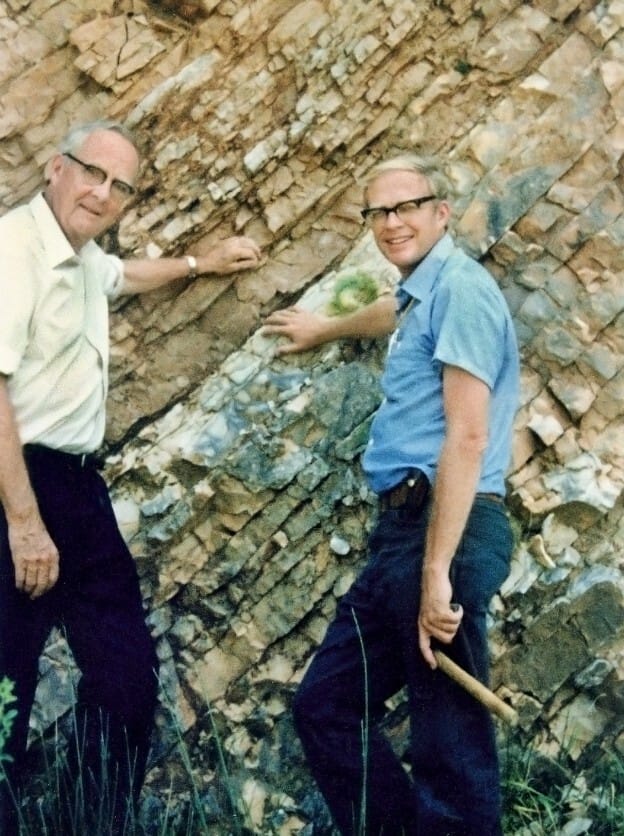- The Capacity to Resist
- Posts
- Golden State of Science
Golden State of Science
Action items to preserve the state of federally funded scientific research in the Golden State

Preface: This was written in response to a call from the McClintock Letters campaign, a public interest campaign to inform the country through letters and opeds to local papers about the value of scientific research and the harm that could be caused by ongoing and proposed cuts to research by the Trump Administration.
Walking the streets and hills of Berkeley, where I live, I am surrounded by tangible reminders of the scientific legacy of the Golden State. Among US universities, only researchers affiliated with Harvard have received more Nobel Prizes than the University of California, Berkeley. The science and engineering discoveries and inventions of UC Berkeley, UC Davis, UC San Francisco, UC Santa Cruz, and Stanford, largely funded by US government dollars, have powered nearby Silicon Valley and the Bay Area biotech hub, creating one of the greatest economic engines in the history of the world. These distinguished universities, their talented faculty, and innovative, energetic research students are a huge part of the reason that California is now the world’s fourth largest economy, behind only the whole US, China, and Germany.

From Top, Clockwise: Herbert Boyer, Larry Page, Sergey Brin, David Haussler, Jim Kent, Jennifer Doudna, Andy Frank
This economy is fueled by invention, often on these campuses, such as the groundbreaking recombinant medicine work from Herbert Boyer at UCSF that led to Genentech. The page rank search engine Larry Page and Sergey Brin created as graduate students at Stanford led to Google. UC Santa Cruz professor David Haussler and his student Jim Kent wrote the software to unlock the human genome. UC Davis professor Andy Frank pioneered the development of plug-in hybrid cars. The CRISPR gene editing tool discovered by Jennifer Doudna and collaborators at Berkeley holds great promise for curing diseases like sickle cell anemia.
Until the second Trump administration, this excellence of the science and engineering climate at California universities attracted 13% of all Federal research dollars.
California played a key role in my development. As a fresh PhD visiting UC San Diego in the mid 1980s, I did research on strange metallic materials containing uranium discovered in the wake of the Manhattan project, whose origins trace back to the physics and chemistry work led by J. Robert Oppenheimer at Berkeley. Years later, on moving to UC Davis, I pivoted my interests to apply physics to biological problems like modeling the mechanism for Mad Cow disease, for which UCSF scientist Stanley Prusiner won a Nobel Prize by establishing the molecular origins of this exotic, infectious disease. The vibrant discussions and research climate in the Golden powered my curiosity and efforts as a scientist.

J. Robert Oppenheimer and E.O. Lawrence
As a young physicist, gazing from afar, Berkeley held a special place in my imagination, as a home for Nobel Prizes, E.O. Lawrence’s cyclotron, Oppenheimer’s leadership on the Manhattan Project, and the scenic vista of a majestic campus nestled in the East Bay hills, bursting with Redwood trees and intellectual electricity.

The 184 Inch Cyclotron Building, build in 1946
Nobel Prize winning physicist Luis Alvarez and his son, geophysicist Walter Alvarez, also walked these Berkeley hills, spending their scientific careers almost entirely here. Together, they formulated the widely accepted hypothesis that the demise of the dinosaurs was triggered by the impact of an asteroid some 66 million years ago. That brilliant theory reminds us that dominance is fragile and can be destroyed in brief moments of calamity.

Luis and Walter Alvarez, Gubbio Italy, 1981
Scientific research in California and indeed, nationwide, faces just such an extinction level threat from the Trump administration. The groundbreaking research support of the National Science Foundation and National Institutes of Health are proposed to be cut by 55% and 41%, respectively, by the President’s budget. Worse, for clearly politically motivated reasons, as with Harvard University, Trump is threatening to stop all research funding to the University of California and California State Universities. This would stifle innovation in the Golden State, kill many research related jobs, and damage the Bay Area economic engine, perhaps irreversibly.
Why are these cuts to research being proposed? Two reasons. First, Federal funding represents a significant portion of the revenue for leading research universities like the University of California campuses and Stanford. These universities are also a source of critical analysis of policies and of student activism, which is usually in opposition to Trump administration positions. Hence, there is a concerted strategy by right wing strategist Chris Rufo and the Project 2025 authors to gain control over universities to minimize opposition by shutting the federal research funding flow.
Second, Trump and his congressional allies want to make permanent the tax breaks and cuts passed in 2017, overwhelmingly helping the wealthiest among us. To minimize the drastic fiscal impact of these tax cuts, they want to cut government wherever they can, including essential functions like health care, the social safety net, and scientific research.
Killing American science for ideological reasons and tax breaks for the wealthiest among us is nonsensical. A Federal Reserve analysis estimated that the 1.5% of the Federal budget currently devoted to non-defense research and development yields a return on investment of 140-210%. A bipartisan committee analysis from the House of Representatives in 2022 estimated that 60% of the economic growth of the US in the last 100 years was attributable to research and development. There is no doubt that scientific innovation drives the US economy. If the Trump administration succeeds with these cuts, the most talented scientific stars will abandon the US and move to countries that appreciate their talents.
The Trump budget is not a done deal. You can call your Congressional Representatives and Senators (202-224-3121) and ask them to maintain support for scientific research in the current budget bill. The House and Senate are right now discussing continuing resolutions that so far will fund science at levels higher than proposed by the Trump administration (for example, NASA, NIST, DOE, NSF).
California leads the country on research. I hope you will join me in protecting this Golden State of Science from possible extinction.